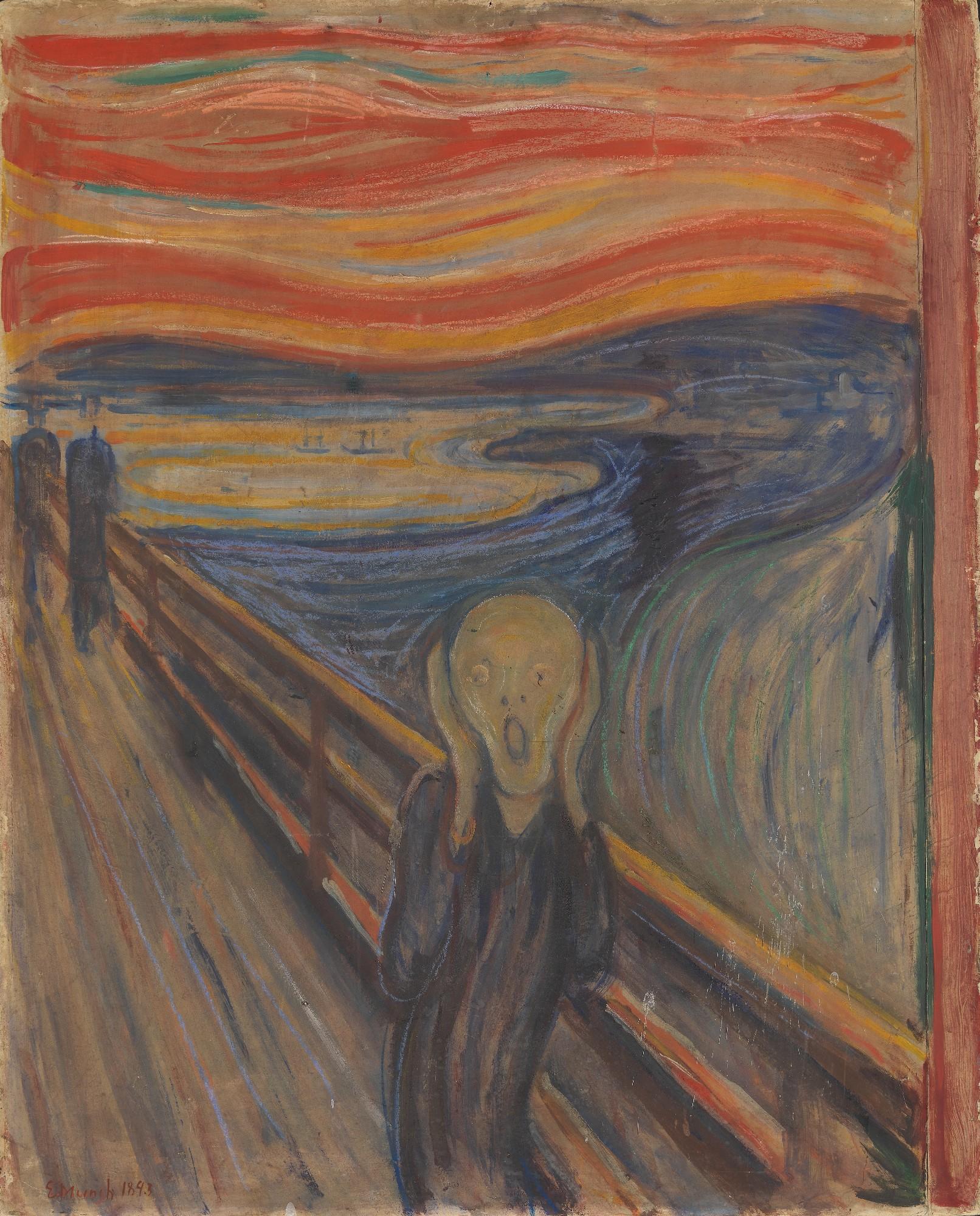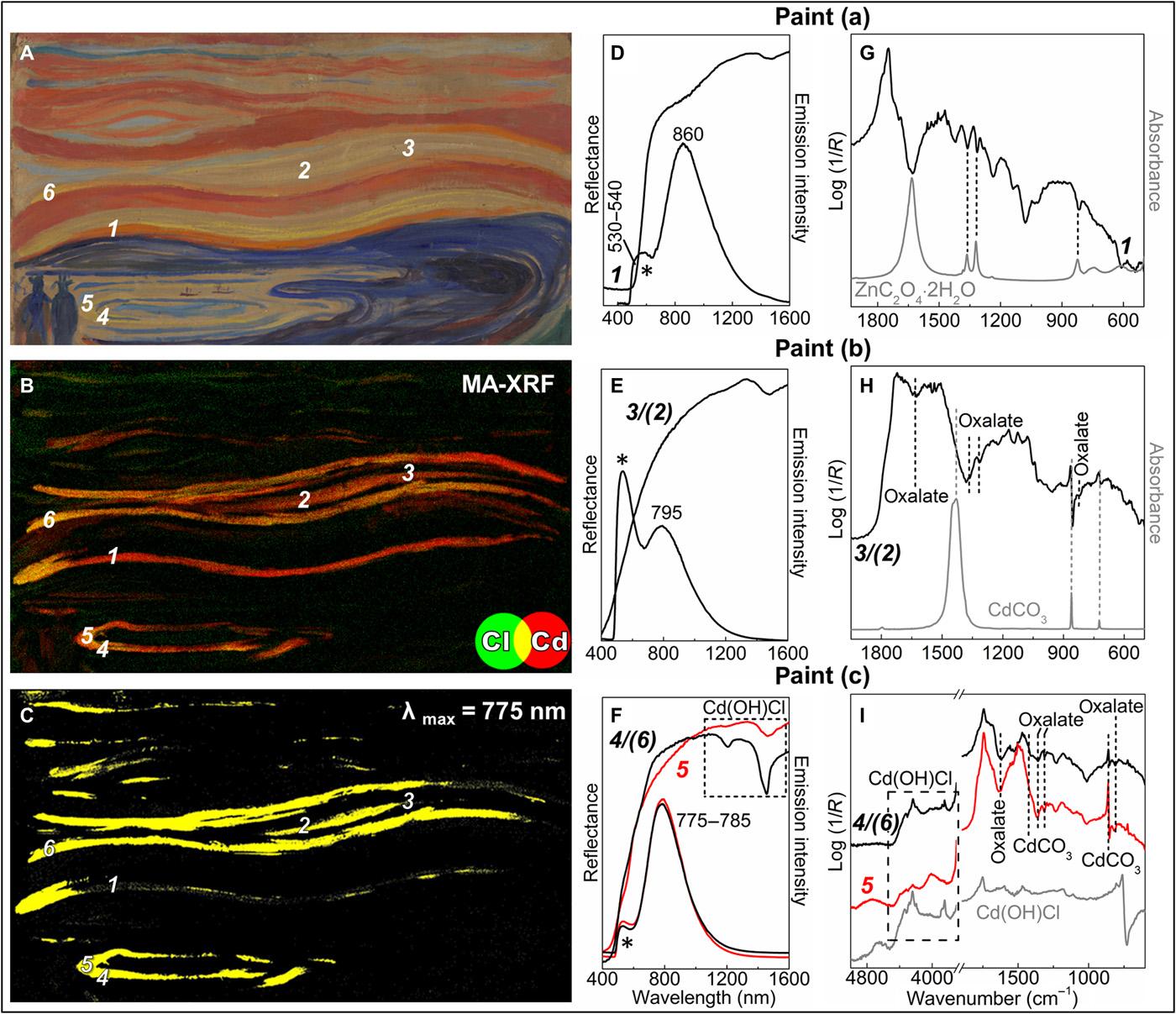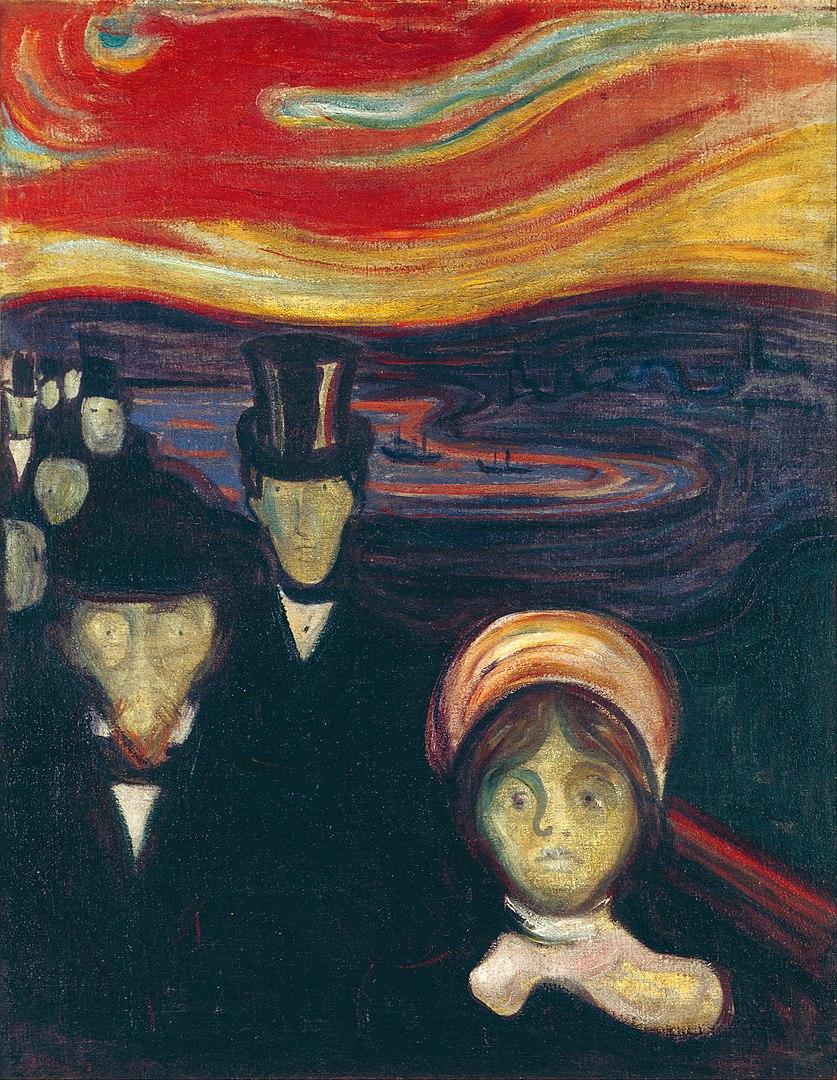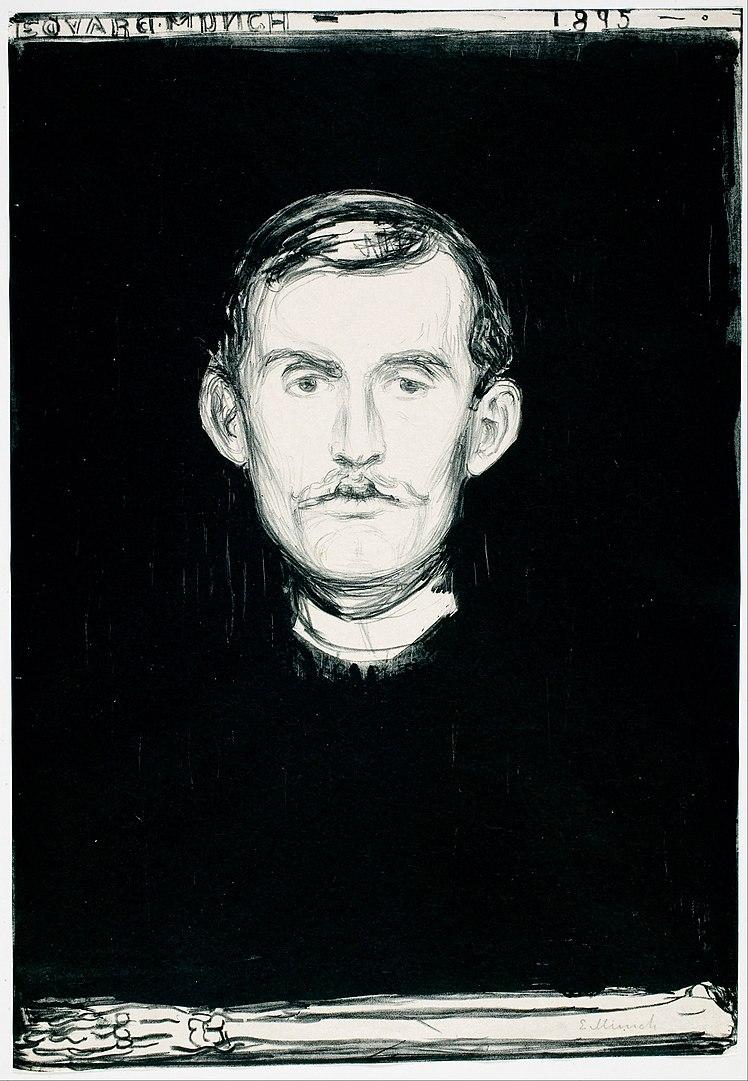Working with Italy's National Research Council, conservators used non-invasive techniques to analyzes the painting’s surface as well as the molecular composition of its paint. X-rays revealed that the cadmium-sulfide in the yellow pigments had deteriorated to cadmium sulfate as a result of exposure to humid conditions. This change in the paint’s composition made it less stable.
Though this damage cannot be undone, it can help the museum and conservators of similar paintings stop the ravages of time. The Scream will need to be kept in an environment at forty-five percent humidity (the museum is usually at fifty-five percent), and not exposed to changing light conditions.
This new study, published in the journal Science Advances, goes into depth about the difficulty of preserving this painting and other ones in the series because Munch used mixed media to get the rich colors of his sunset. Munch created multiple versions of The Scream, and the study’s findings will be used to help preserve his other works as well as those of his contemporaries.




























